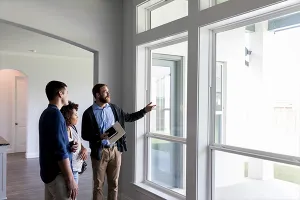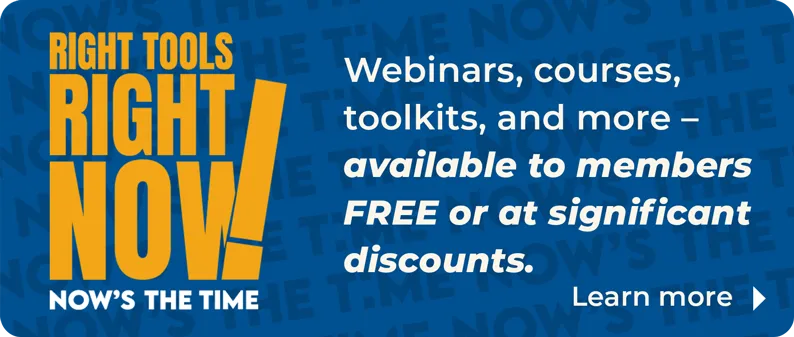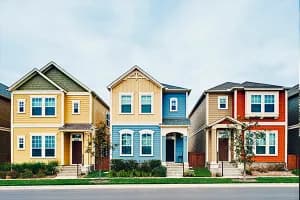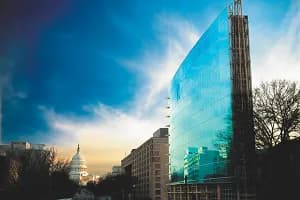The Hill
The U.S. has been short of the homes it needs to meet its growing population for more than a decade, driving up prices and shooting down the dreams of millions of would-be buyers.
While buying a starter home was once a safe and attainable way to build wealth, rising home prices, falling construction rates and economic volatility have left the U.S. without nearly enough affordable housing.
The U.S. has been able to make a small dent in the housing shortage, as a construction boom set off amid the COVID-19 pandemic is gradually adding more houses to the market.
But housing prices have risen far faster than supply as a combination of low pandemic interest rates and societal changes fueled a historic increase in housing costs.
“We see an improvement that’s encouraging and very promising, and we want to see even more inventory out there,” said Nadia Evangelou, senior economist and director of real estate research for the National Association of REALTORS® (NAR).
The increase in housing inventory has also not been spread equally among income levels, Evangelou said.
“Inventory is improving, so that’s very good news. What we want to see of course is inventory to increase in all price levels,” she said.
Evangelou said that according to NAR research, a person or family with an income of $75,000 can afford a home worth up to $255,000, which covers 21 percent of current listings. Before the COVID-19 pandemic, roughly 49 percent of homes would be affordable at that income level.








